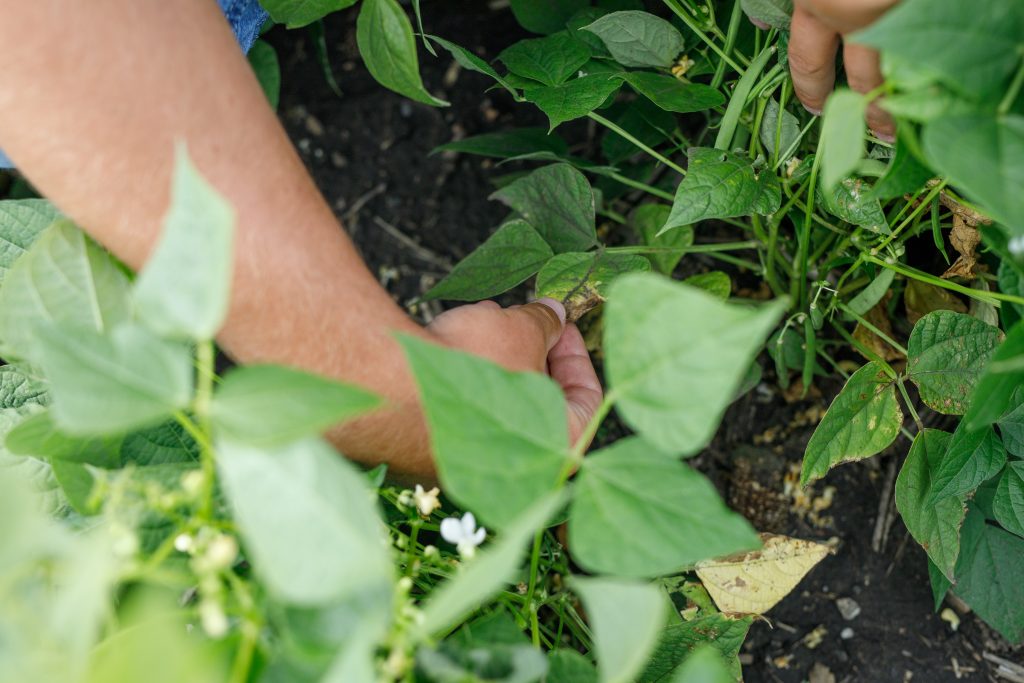 Back to All Insights
Back to All Insights

Soybean on Soybean Acres: Do the Risks Outweigh the Pay Off?
Nov 27, 2019
Agronomy, Crop Management, Grain, Market Update, Soybean, Technology
Progressing through harvest, planting season is already top-of-mind as we move into December, and rotation strategy is likely near the top of the list.
The wet weather of the past two seasons has complicated production on every level, including cropping rotations, forcing some acres into second and third soybean on soybean rotations. The goal of this post is to dig a little deeper into the soybean on soybean cropping strategy and shed some light on balancing short-term gains against long-term risk and degradation.
Will Soybean on Soybean Acres Pay Off?
Projected production costs partnered with projected market prices may be influencing the decision to plant consecutive soybeans for multiple years in a row. And even though you won’t find the cropping strategy listed as a best management practice anywhere, dire times call for extreme measures, right?
Wrong – at least if you are thinking about long-term productivity for those soybean-soybean intended acres.
So, what are the risks and management considerations involved?
The answers, that will become more evident as we see more acres repeatedly planted to the same monoculture cash-crop, are multifaceted.
- Yield Lag: The first indication of the degradation a continuous soybean-soybean rotation causes will show up on your yield monitor. A recent, multi-year research study (2007-2012) concluded that the yield lag experienced within a year-after-year soybean cropping system resulted in an average 10.3% loss beginning in the third year of soybeans, and remained as a constant through the five year trial. The first two years of soybeans yielded comparatively similar to a corn-soybean rotation and significantly higher when introduced to the rotation after two consecutive years of corn. Research data, from multiple long-term studies supports a 5% to 15% yield bump when soybeans are rotated with corn, either in a two year corn or corn-soybean rotation.

Yield lag did not worsen, as would be expected, when field conditions were drier than a typical year, but, conversely, improved. Irrigated acres did not show measurable improvement in yield lag, either.
- Pest Control: Scouting is the most beneficial management tool you will employ if you choose to introduce a soybean-soybean rotation into your cropping strategy. Scouting during the growing season, fall and spring will give you a better understanding of which pest species are present and what their populations are. Remember, if a pest is present in soybeans and no change is made in the soybean-soybean cropping rotation, that species will have an advantage the following year and thresholds will be met and exceeded more quickly.
In all fields being considered for soybean-soybean cropping, Soybean Cyst Nematode testing should be done. Fields with 500 or fewer SCN eggs per ½ pint of soil will be the best candidates for soybean-soybean cropping; infestations above this threshold should be considered for other rotations. Keep in mind that the populations of SCN will continue to increase in a continuous soybean rotation—making frequent monitoring paramount in the prevention of further infestation and yield lag.

- Weed Control: Waterhemp, horseweed, kochia, common ragweed, giant ragweed, and Palmer amaranth are already resistant to multiple modes of action in North Dakota. Remember, the increase of resistant populations can’t be stopped, but resistance can be accelerated by planting the same crop without variation. And because there are substantially fewer options for post-emergence herbicide than what we have available in corn, effective control may be limited. Diversification in the cropping rotation will be the most effective means of control, both financially and in actual weed management. For options outside of a corn-soybean rotation, consider an interseeded cover crop mix that includes rye or triticale. Keep a canopy as long as possible throughout the year, and utilize a cover crop to compete with weeds.
This outline provides some foundation for your decision-making process as you head into the 2020 growing season. In addition to the yield lag, pest and weed considerations that should be taken into account when making the decision to grow a soybean-soybean rotation for multiple years, think about the long-term productivity of those soybean-soybean acres by asking these questions:
- Will the costs and effort associated with maintaining fertility, nitrogen, and soil organic matter be worth the stray from your normal rotation?
- What soil amendments will you make to compensate for the low C:N ratio of soybean residue that results in the rapid breakdown of material?
Finally, how can we help? Keep in mind that our Arthur team can help you make better informed, data-driven decisions—our agronomists are only a phone call away and here to answer the tough questions heading into plant 2020.




